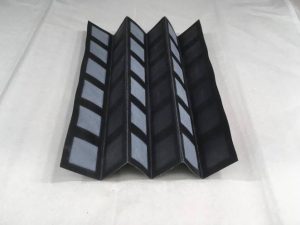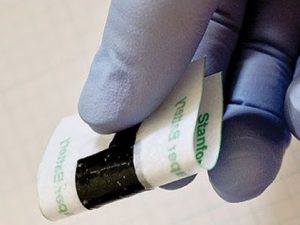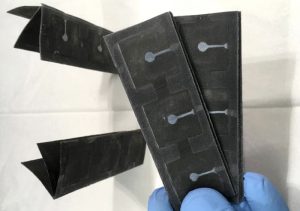





The amount of juice generated is about “31.51 microwatts at 125.53 microamps with six batteries in three parallel series, and 44.85 microwatts at 105.89 microamps in a 6x6 configuration”. An upside to this battery form is its portability, which is very high since it can be folded into various configurations, also making it capable of generating different amounts of power. For now, scientists are working on harnessing this energy in small form-factors, but just because there’s not enough energy to power a smartphone, or even illuminate a light bulb, there professionals have been looking at even better uses for these batteries. Hence, the focus is more on biosensors, an incredible tool that could be most useful in performing life-saving tasks, as well as other low-powered technologies for emergency situations in remote areas. This could become a tremendously vital part in creating a base for useful microorganism power-harvesting, now known as papertronics. Anyone interested should definitely keep up with further developments on bio batteries as its potential unfolds.

 Laptop & Tablet Parts
Laptop & Tablet Parts




















